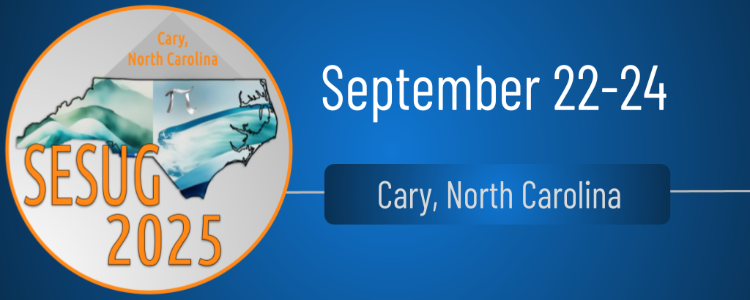|
SAS Tutorial | Creating a Custom Step, Part 2: Building the Graphical User Interface
Join Senior Analytic Training Consultant Danny Modlin in part two of this four-part SAS Studio tutorial, where he shows how to build a graphical user interface for a custom step. Along the way, Danny shares tips and techniques to maximize the usability of your custom steps.
Essential VS Code shortcuts every Python developer should know
This guide shares the top keyboard shortcuts to boost productivity in VSCode, especially when using SAS Viya Workbench with Python or SAS notebooks. It includes built-in commands for navigating and editing notebooks, plus instructions for creating custom shortcuts tailored to your coding workflow.
Python ML pipelines with Scikit-learn: A beginner’s guide
Using SAS Viya Workbench for efficient setup and execution, this beginner-friendly guide shows how Scikit-learn pipelines can streamline machine learning workflows and prevent common errors.
Taking Control of Models in SAS Visual Forecasting
Enhance high-value time series forecasts in SAS Visual Forecasting by using the Interactive Modeling node in Model Studio to customize models, apply business knowledge, and gain deeper insights beyond automated pipelines.
Comparing the SAS Job Execution Web Application, SAS Studio and jobExecution REST API endpoint
Explore the differences between the SAS Job Execution Web Application, SAS Studio, and the jobExecution REST API in SAS Viya to choose the best tool for your workflow whether you're a beginner, a developer, or building automated systems.
Stratified bootstrapping and when to use it
When your data includes small or important subgroups, stratified bootstrapping can yield more reliable results than standard resampling. In this DO Loop post, Rick Wicklin explains when to use it and shows how to implement it in SAS for better subgroup representation and more stable estimates.
Variable Selection Node: A Versatile Powerhouse for Feature Selection in Model Studio
Learn how the Variable Selection node in Model Studio streamlines feature selection by combining supervised and unsupervised methods to identify the most relevant inputs for predictive modeling.
Calculate the Gini-Simpson diversity index in SAS
The first part of this series explores the Gini-Simpson diversity index (a statistical measure recently adopted by the US Census Bureau) and shows how to compute it in SAS using Base SAS, PROC SQL, and SAS IML.
Visualize the Gini-Simpson diversity index
In the second part of this series on the Gini-Simpson diversity index, we visualize how diversity changes with different group sizes using SAS IML, highlighting how the index behaves when class sizes are balanced versus highly uneven.
Detecting lags in nonlinear time series with PROC TSSELECTLAG in SAS Viya
Accurately forecasting time-lagged relationships in epidemic data, such as the delay between infections and hospitalizations, is critical for public health planning. Find out how using distance correlation in SAS Viya’s PROC TSSELECTLAG offers a robust method for identifying these nonlinear lags more effectively than traditional Pearson correlation.
|







